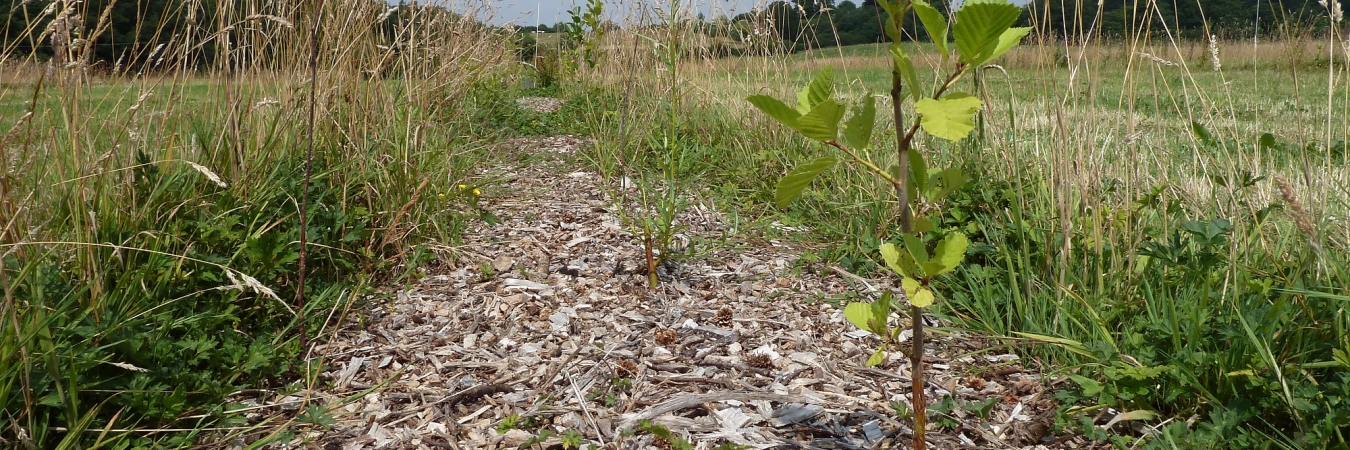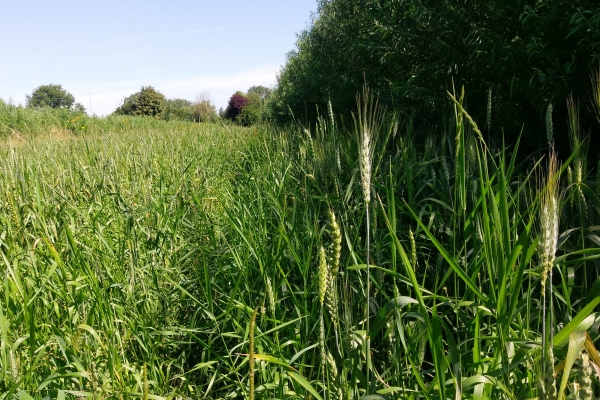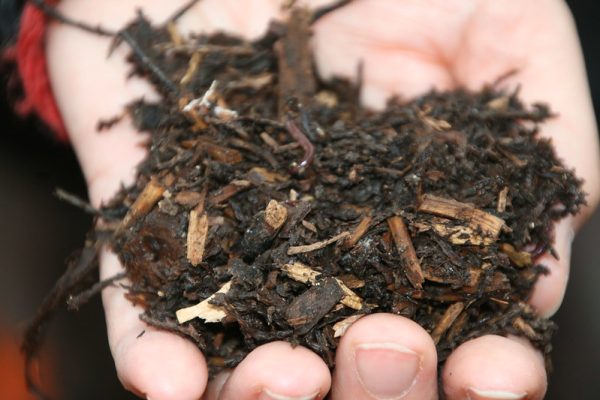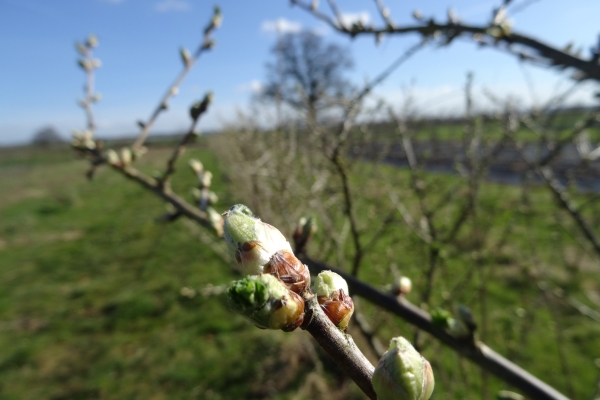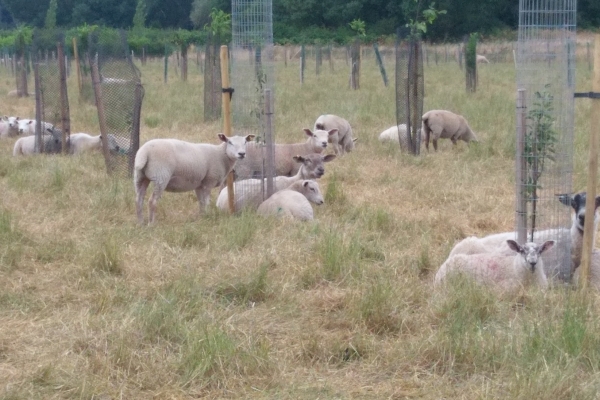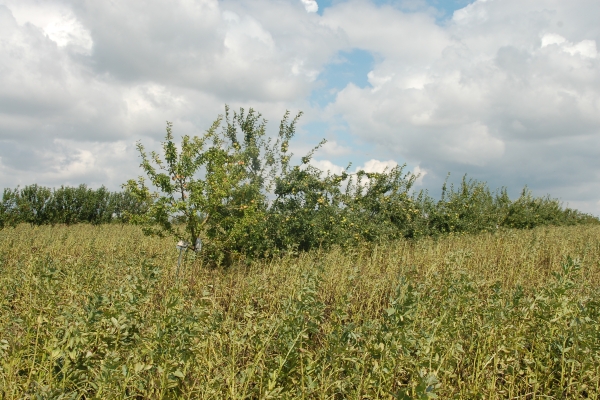Elm Farm: Planning and developing agroforestry at a farm scale
Woodland Trust Research Briefing
Resource explained
A range of agroforestry approaches were introduced at Elm Farm; an 85 hectare organic livestock farm in West Berkshire (which was the base for the Organic Research Centre from 1980 to 2019) over a 10 year period. They included making better use of existing resources (boundary hedges and trees), planting new landscape features (e.g. hedges, in-field trees, tree avenue), and implementing a new bioenergy alley cropping system. This research briefing outlines the planning, establishment and management of these different agroforestry approaches. It gives some background to the farm and includes sections focussing on planning, planting and establishing new tree and hedge agroforestry systems, management considerations, bioenergy from traditional boundary hedges, integrating bioenergy and livestock trial, and agroforestry system outputs / diversification opportunities.
Findings & recommendations
- Detailed planning is important – make sure you consider carefully which species are appropriate and consider trialling a few in advance of large-scale planting.
- Controlling competition from weeds and grasses is essential for promoting better tree establishment. Using woodchip mulch from on-farm or a locally available resource was found to be the best option at Elm Farm.
- Fencing is essential to protect newly planted trees and coppice regrowth from livestock; at Elm Farm, one strand of electric fencing was enough to keep cattle away, while at the same time allowing them to reach grass in the understorey of the tree row. Deer damage was present but not widespread; where deer pressure is high more robust fencing and deer management is required.
- It is important to consider farming operations that are required – including any site-specific restrictions on accessing trees (e.g. seasonally waterlogged soils) which may affect management and machinery sizes to fit around the trees.
